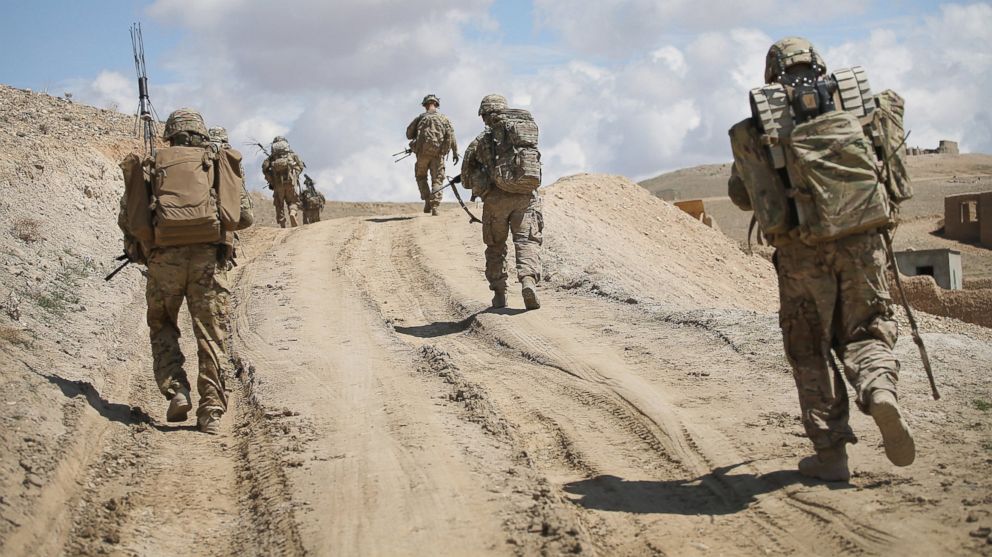U.S. Broadens Military Mission in Afghanistan Next Year
Will Allow Limited Targeting of Taliban If Needed

— -- President Obama has authorized the military in Afghanistan to continue to target Taliban fighters next year, a move that broadens the scope of the training mission that is to begin in 2015.
The NATO and U.S. combat mission is slated to end at year's end and convert to a training mission for Afghan security forces that is expected to last two more years.
Original plans called for the 9,800 U.S. military trainers who would remain in Afghanistan next year to also have the authority to conduct limited counterterrorism operations against al Qaeda in Afghanistan. Those operations would be conducted by part of the 2,000 Special Operations forces that will remain in Afghanistan next year.
U.S. officials confirm that Obama has signed an executive order that would also allow military forces to conduct limited targeting of Taliban forces if they pose a threat to U.S. troops or if they were providing support to al Qaeda.
The order would also allow U.S. military aircraft to provide close air support for Afghan troops on the ground if needed. The new authorizations were first reported by the New York Times.
A U.S. military official said that the new authorization will not allow the targeting of Taliban fighters "solely because they are members of the Taliban." Another U.S. official said the limited targeting would be allowed if specific Taliban fighters posed a specific threat to U.S. military forces in Afghanistan.
The U.S. military official said that any air support provided to Afghan security forces will occur "in limited circumstances."
"And of course we will protect our own forces and coalition partners," the official said.
The official said the new authorizations have been "an ongoing process that has gotten us a place that we feel is about right to protect our own forces and help the Afghan National Security Forces" in extreme circumstances.
In a video conference with Pentagon reporters in early November, Lt. Gen. Joseph Anderson, the number two military commander in Afghanistan, hinted at that process. Asked about the scope of the future counterterrorism mission and when close air support could be provided to Afghan forces with the pending end of the combat mission, he said "those authorities have yet to be defined."
For years the al Qaeda presence in Afghanistan has been estimated to consist of less than a hundred fighters. While they remain the target of U.S. counter terrorism efforts, the bulk of the U.S. military effort in Afghanistan has focused on the battlefield threat posed by the much larger force of Taliban fighters.
Since last year Afghan security forces have taken the lead in the fighting against the Taliban as U.S. military forces primarily remained on their bases providing training and support.
That has led to a significant increase in casualties among Afghan military and police personnel. In early November, Anderson disclosed that over the past two years nearly 9,000 Afghan army and police personnel had been killed in fighting with the Taliban. Anderson said such fatality rates were not sustainable and the U.S. was working with the Afghan military to reduce those numbers.




